130-million-year-old flower bud found in China could solve Charles Darwin's 'abominable mystery'
130-million-year-old flower bud found in China could solve Charles Darwin's 'abominable mystery'
The ancient plant, named Florigerminis jurassica, is described has having woody branches with nodes, an area on the stem where buds are located, physically connected fruit and a flower bud that ends on the branch.
English naturalist Charles Darwin and the world's oldest fossilised flower found in China.
English naturalist Charles Darwin--best known for his work on the evolution of science--had one 'abominable mystery' when it came to deciphering the evolution of flowering plants. A recent discovery of a 130-million-year-old fossilized flower bud found in China may, however, solve this mystery.
The fossil includes a leafy branch, physically connected fruit and flower bud, which suggests angiosperms (plants that has flowers and produces seed) were present in the Jurassic period (201.3 million to 145 million years ago).
The famed naturalist's abominable mystery was first brought to light in 1879.
In a letter to his closest friend, botanist and explorer Dr Joseph Hooker, Darwin wrote: "The rapid development as far as we can judge of all the higher plants within recent geological times is an abominable mystery."
Flowering plants appeared on Earth relatively recently on a geological timescale, then swiftly diversified in an explosion of color, shape and form.
Many fossils that could be the answer have been discovered, but further investigations reveal they were not a true angiosperm, the report stated. But, the fossilized flower bud, named Florigerminis jurassica, fits the criteria.
The ancient plant is described has having woody branches with nodes, an area on the stem where buds are located, physically connected fruit and a flower bud that ends on the branch.
It also features multiple tepals smooth-margined, tightly enwrapping the center.
"Although over 100 blooming flowers of Nanjinganthus exemplify the truthful existence of angiosperms in the Jurassic, our current knowledge of early angiosperms is still sparse," reads the study published in Geological Society, London, Special Publications.
"Here we report Florigerminis jurassica, a fossil plant including physically connected flower bud, fruit and leafy branch, from the Jiulongshan Formation (the Middle–Late Jurassic: >164 Ma) of Inner Mongolia, China."
The study also highlighted how the physical connection between fruit and flower bud is of vital importance in confirming the angiosperm identity of Florigerminis. "The fruit of Florigerminis is oval in shape, with an apical invagination and surrounded by a fleshy mesocarp. These features are distinct from the composition and configuration of its flower bud, which is oval in shape but with a convex apex and enwrapped by layers of tepals," it read.
Researchers also noted that if these two parts were preserved as isolated parts, it would be hard to imagine that they were from the same plant.
@AnandDewangan



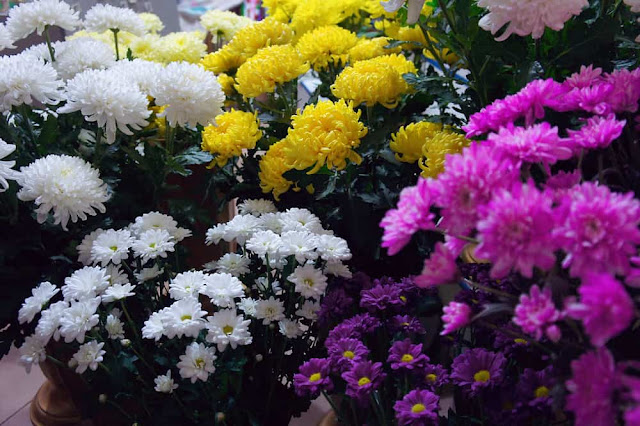

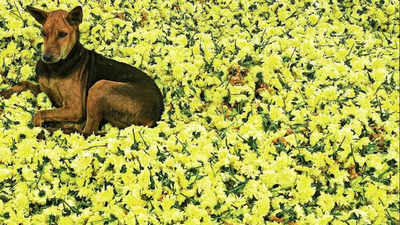
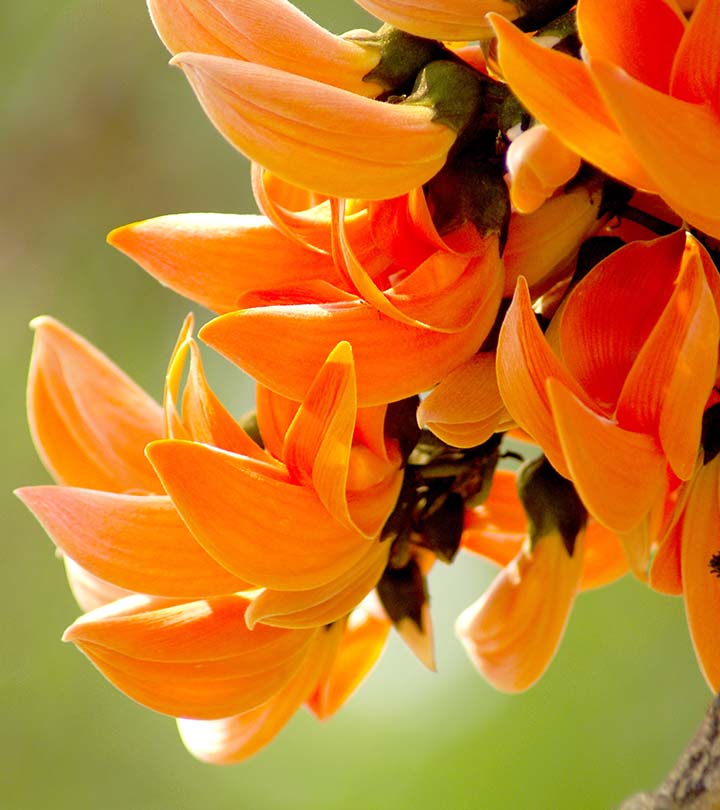


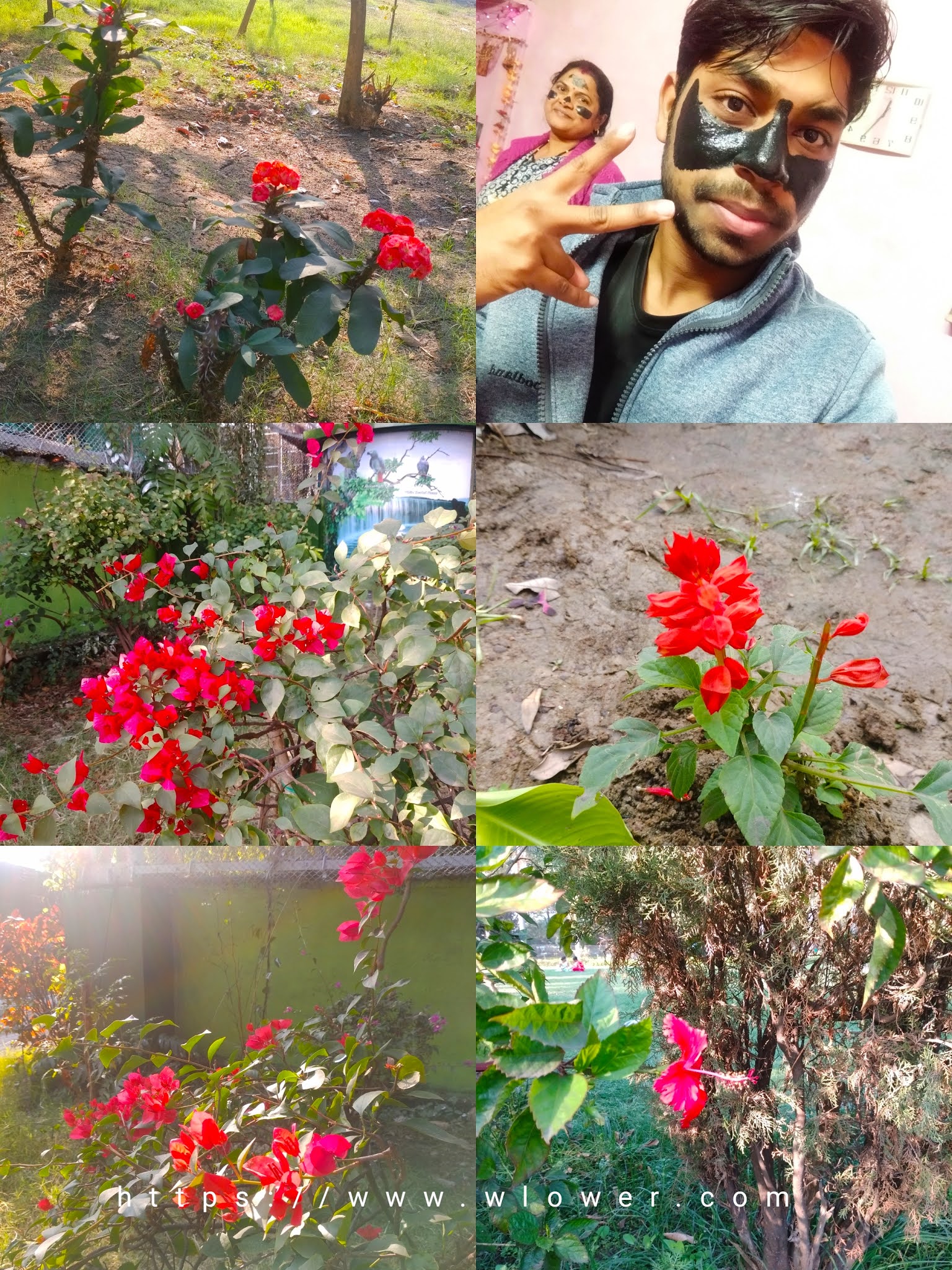
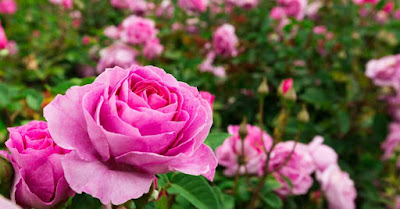


Comments
Post a Comment
If you have any doubts, Please let me know